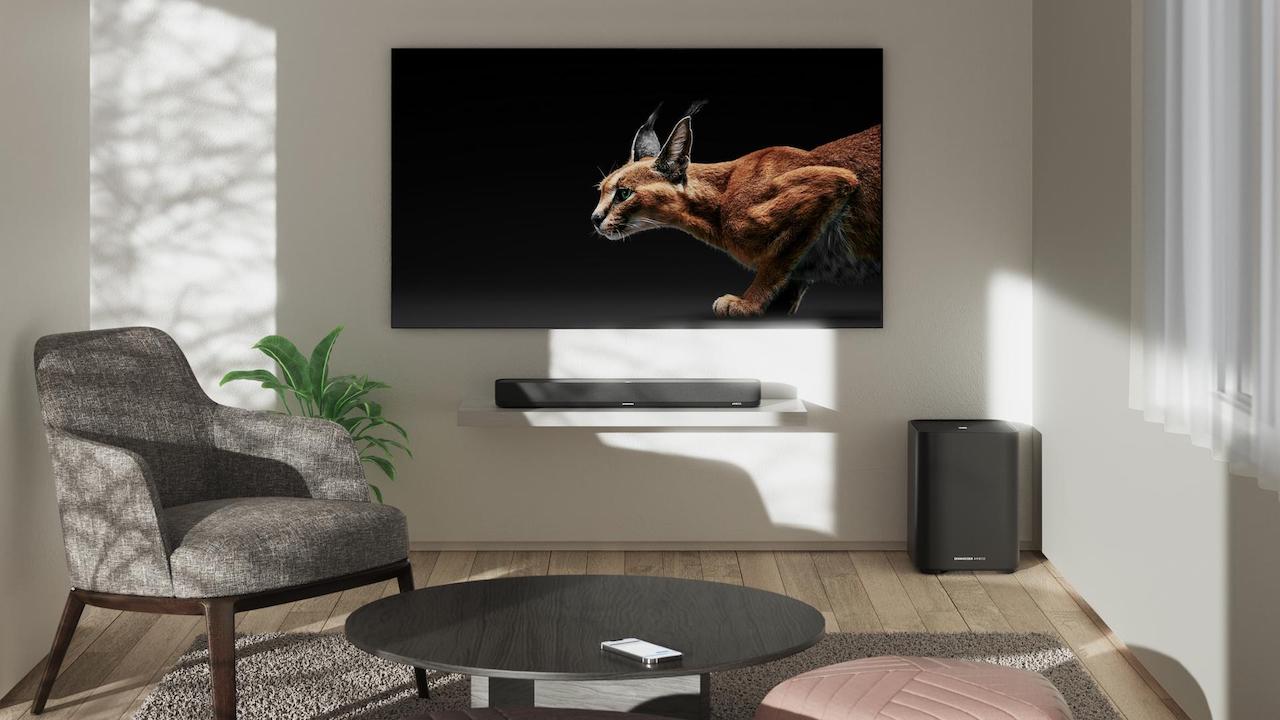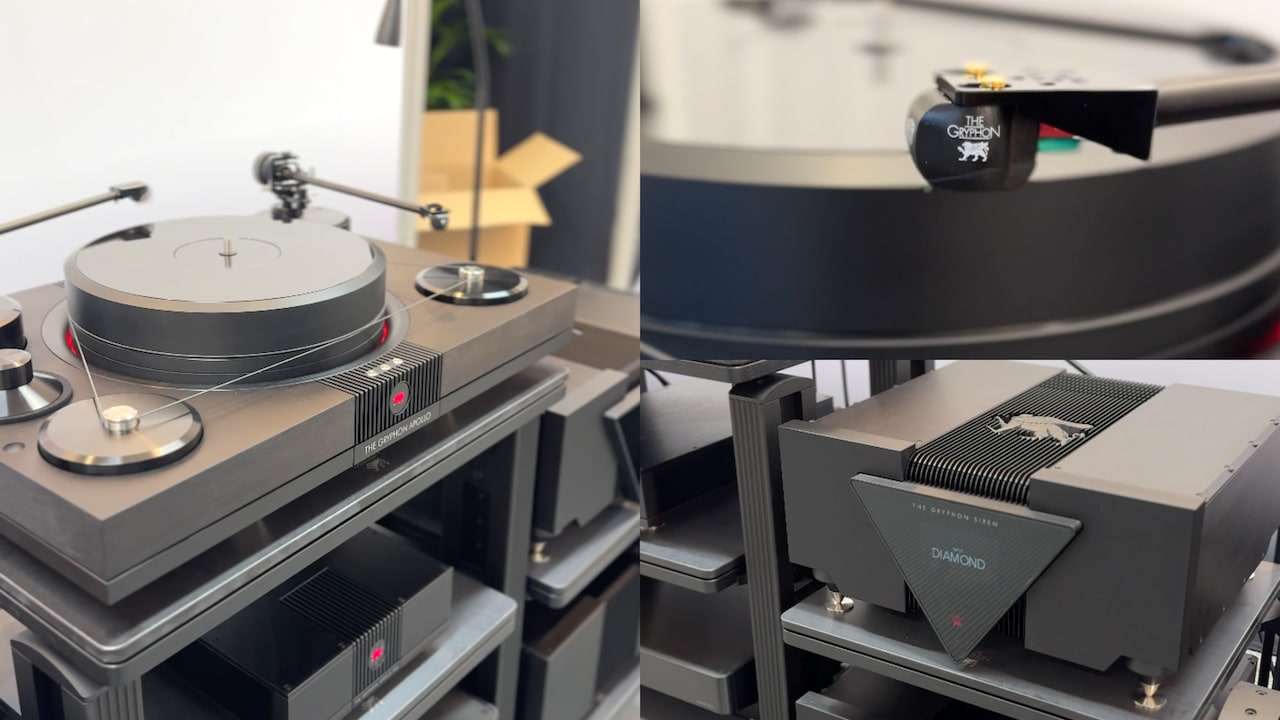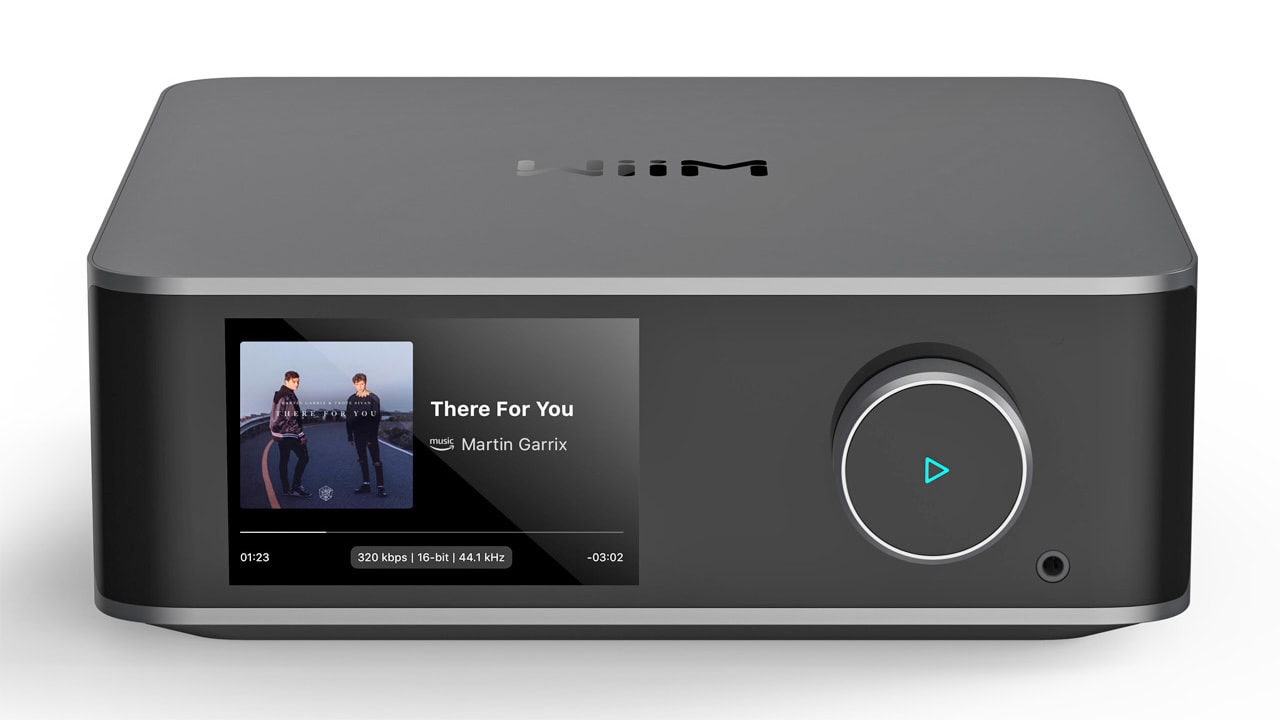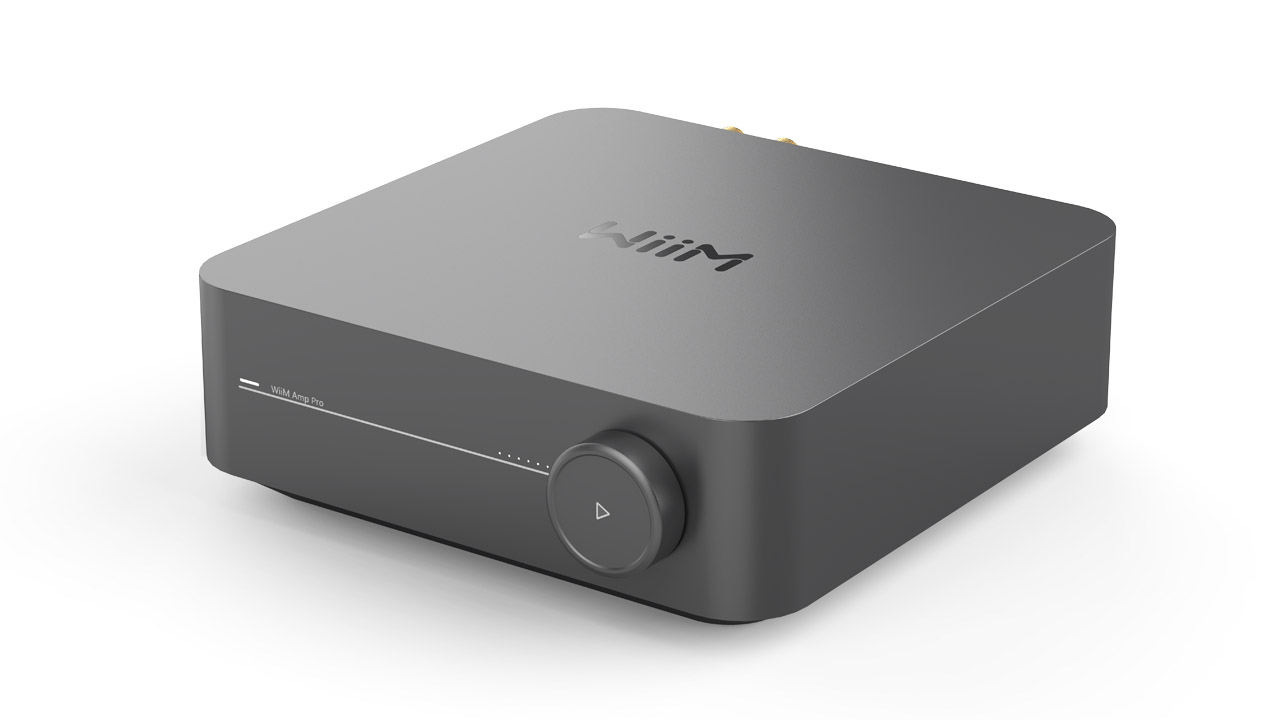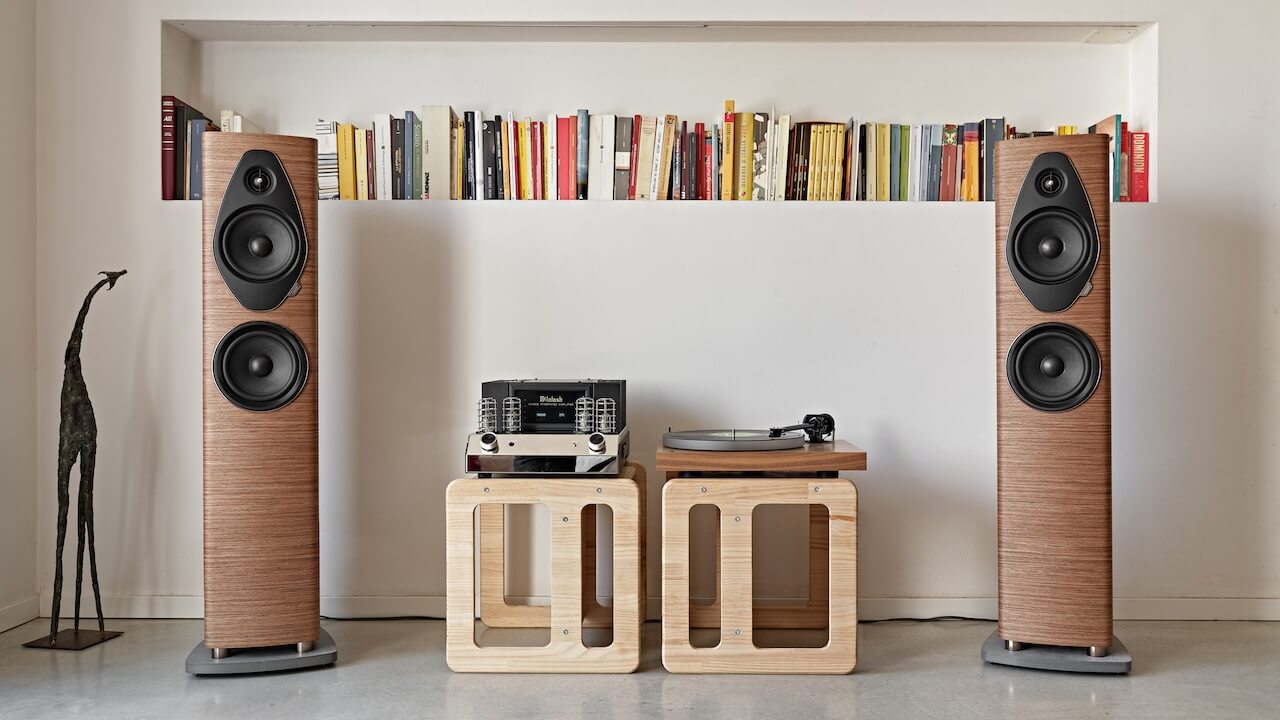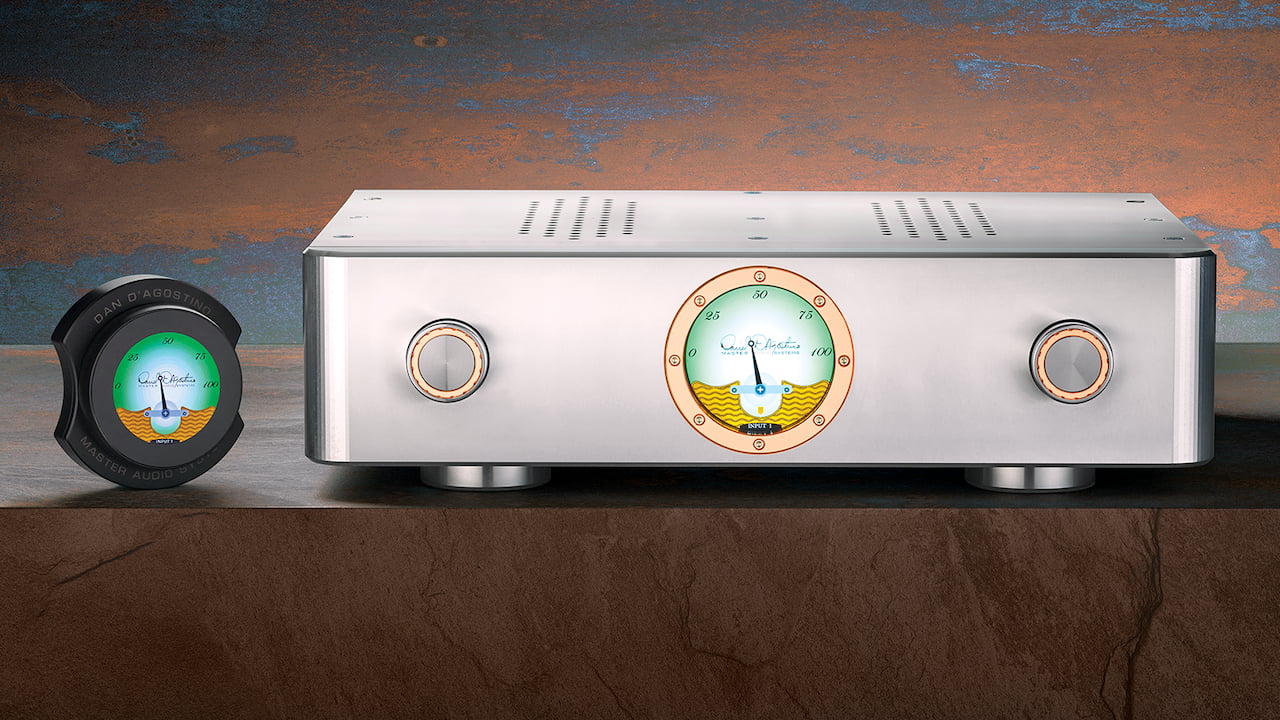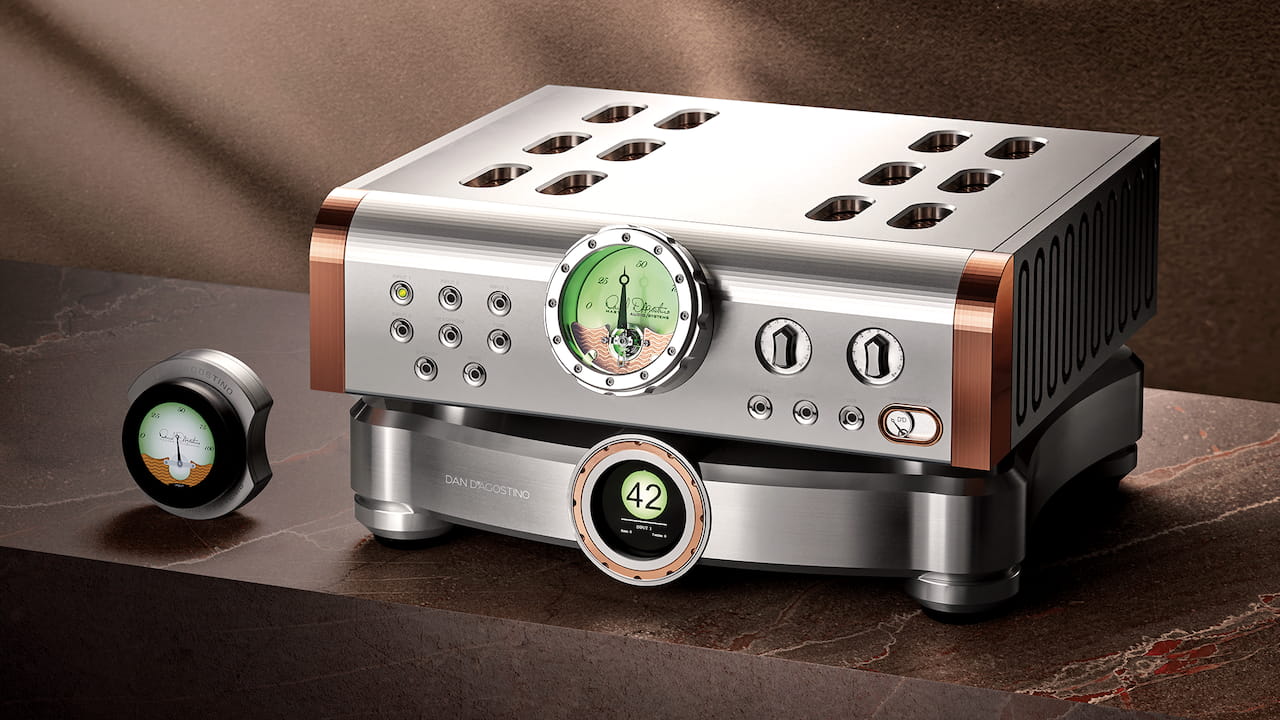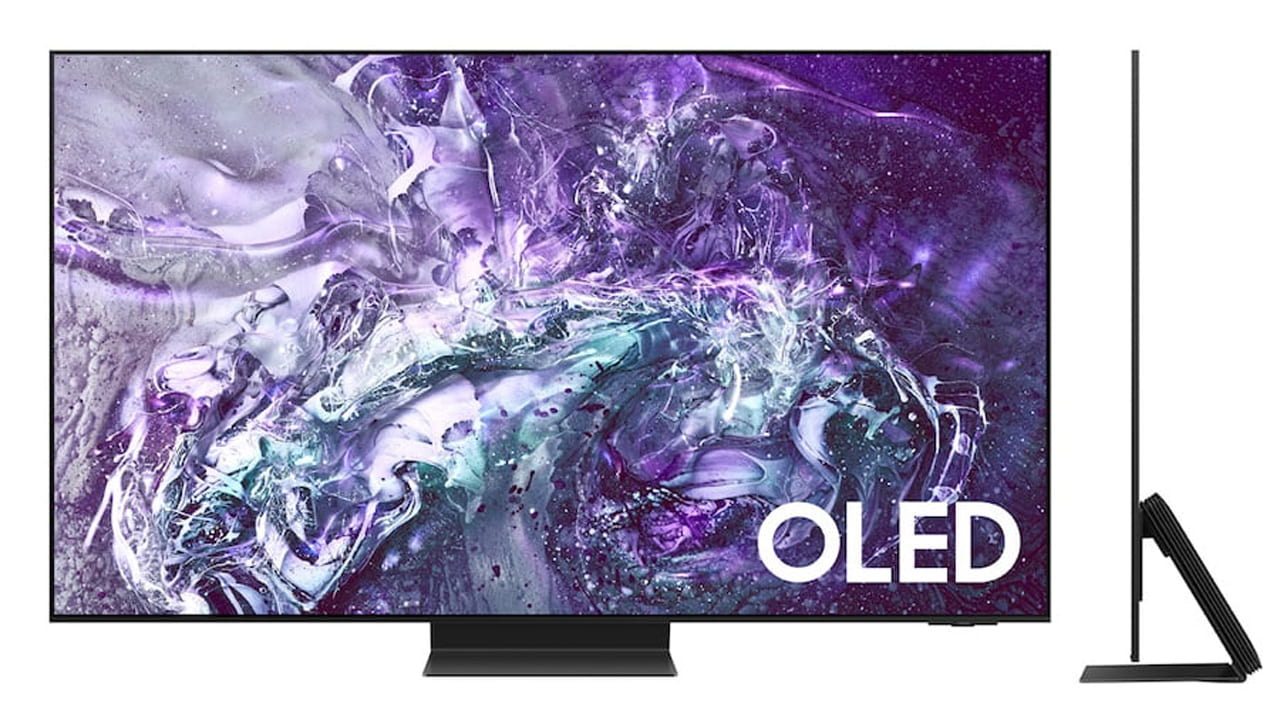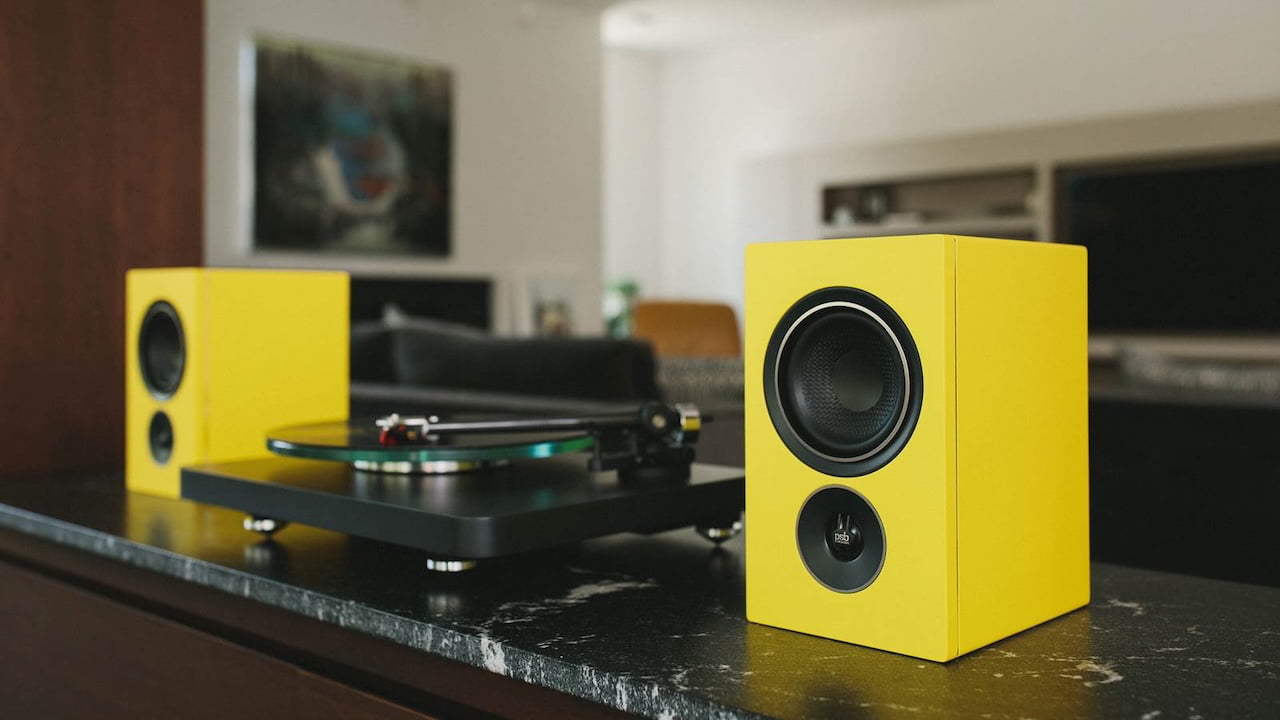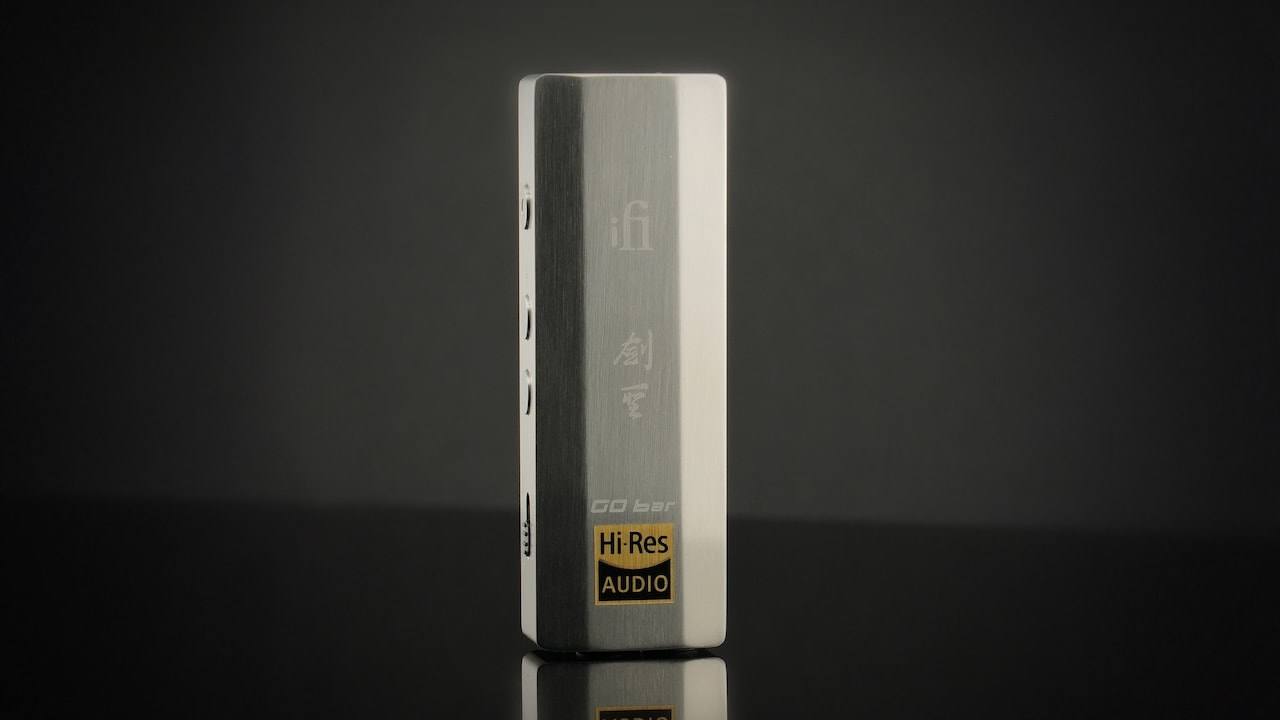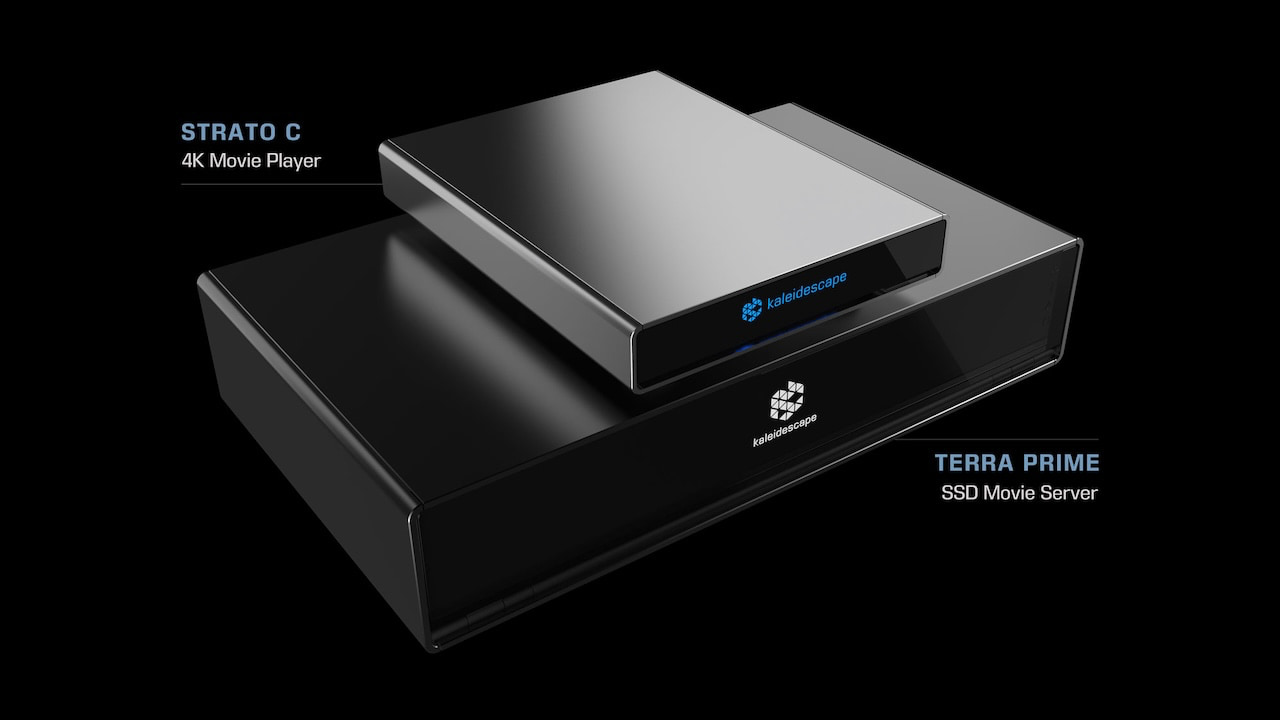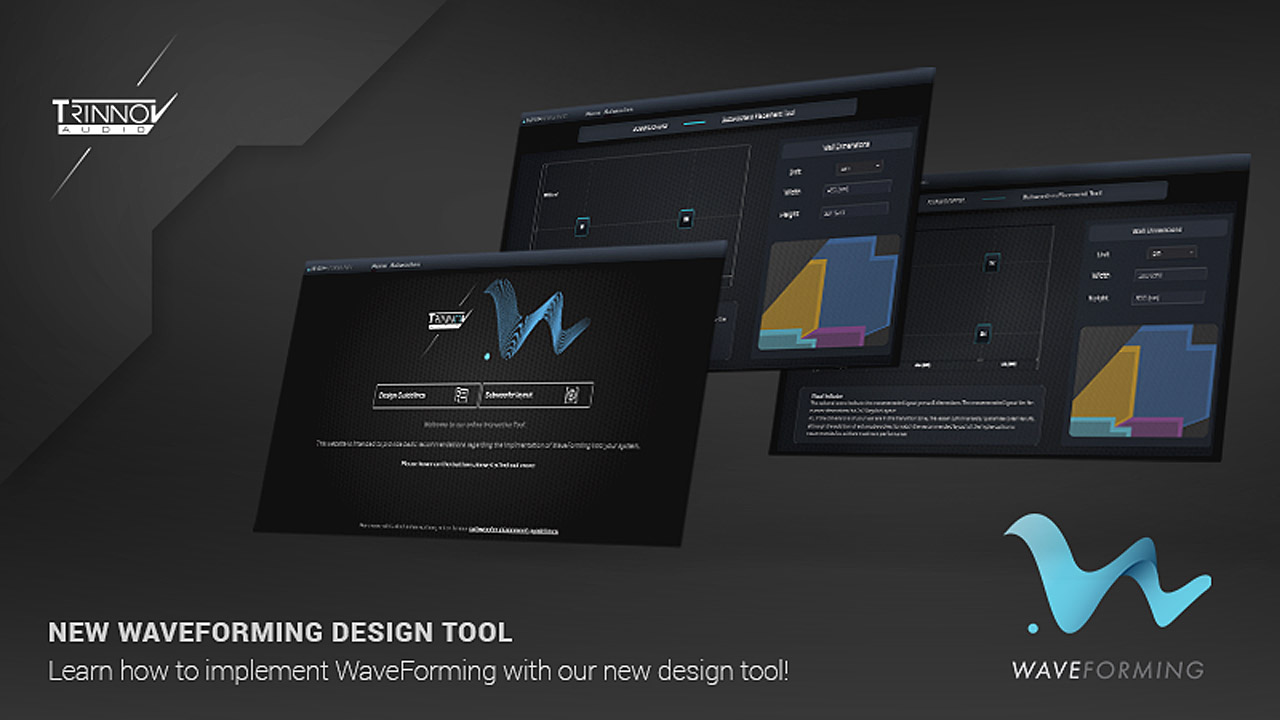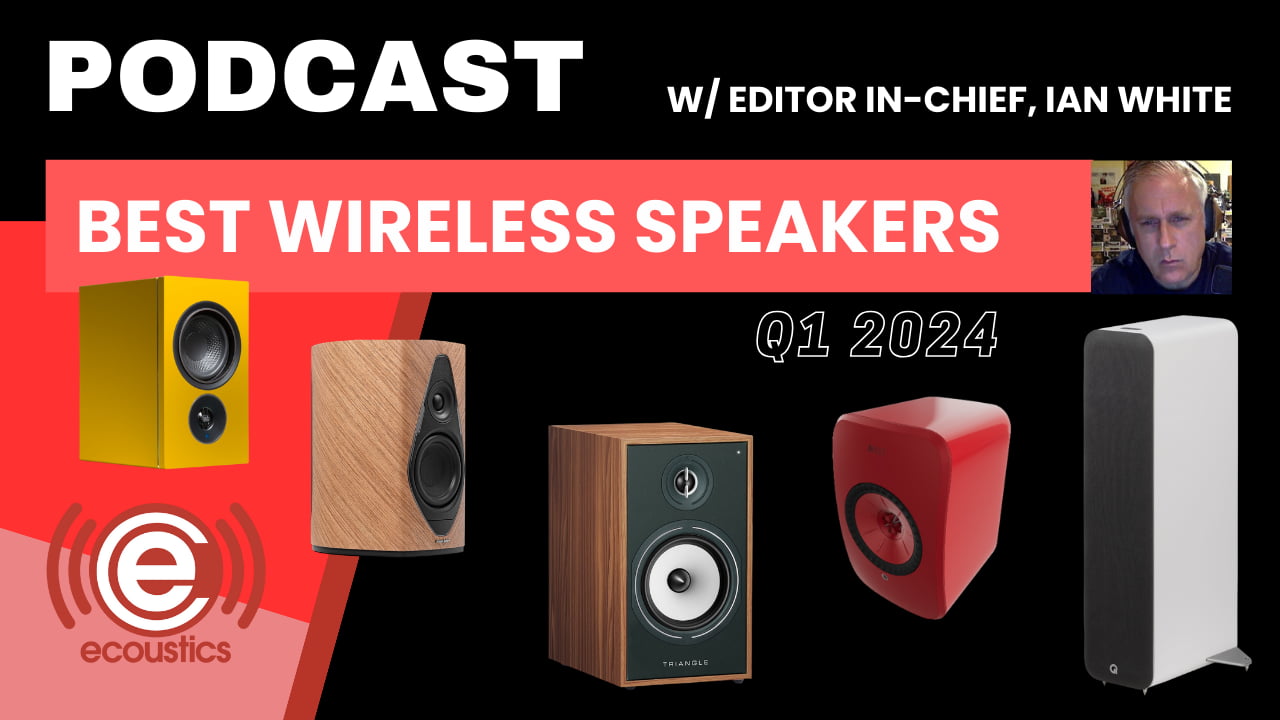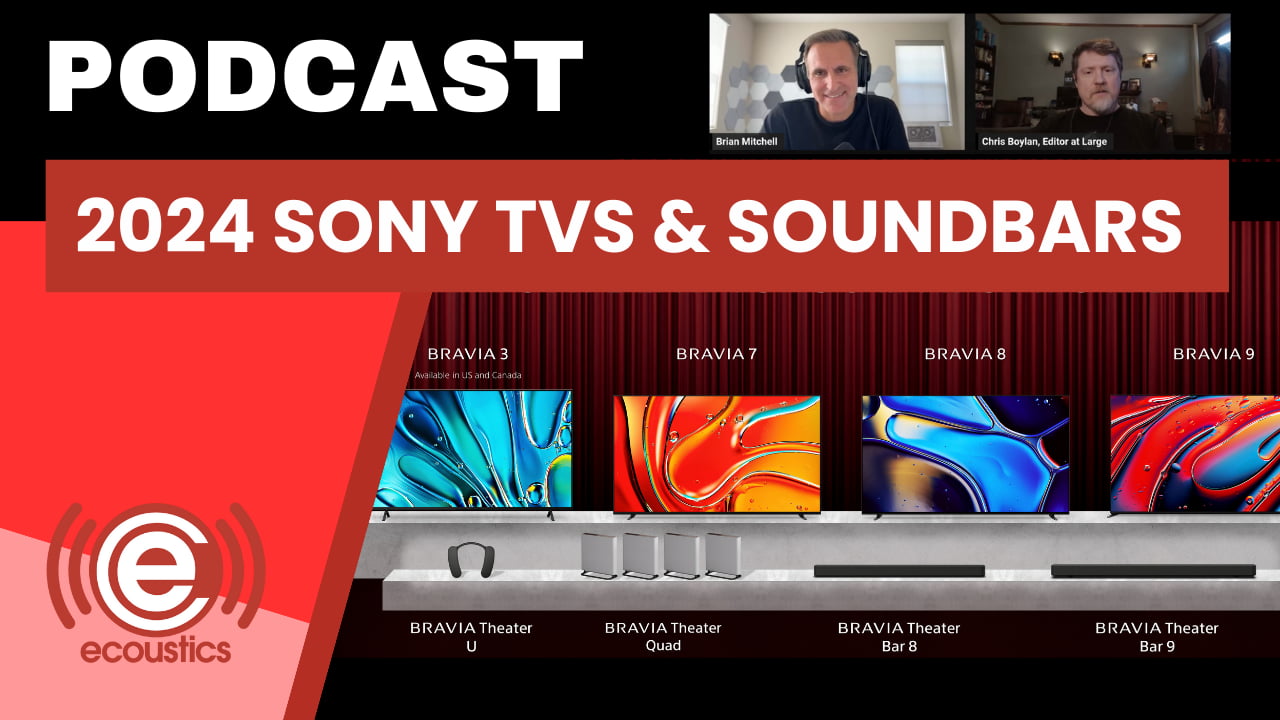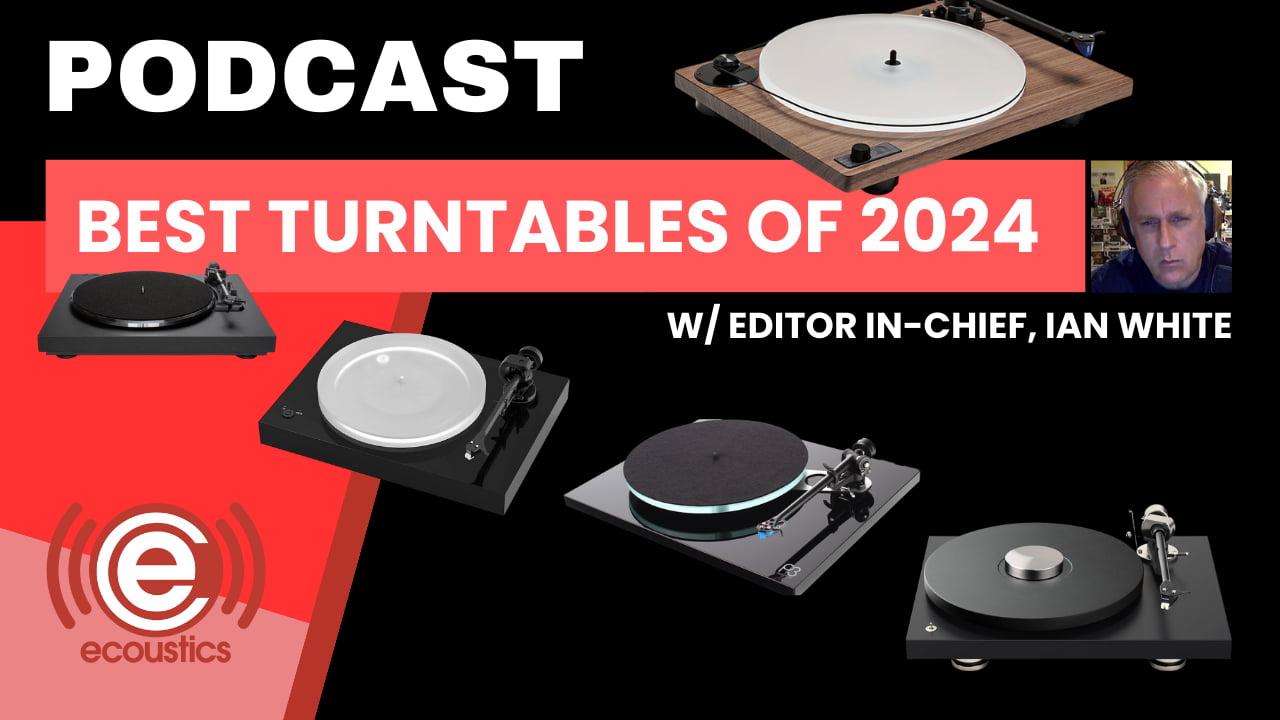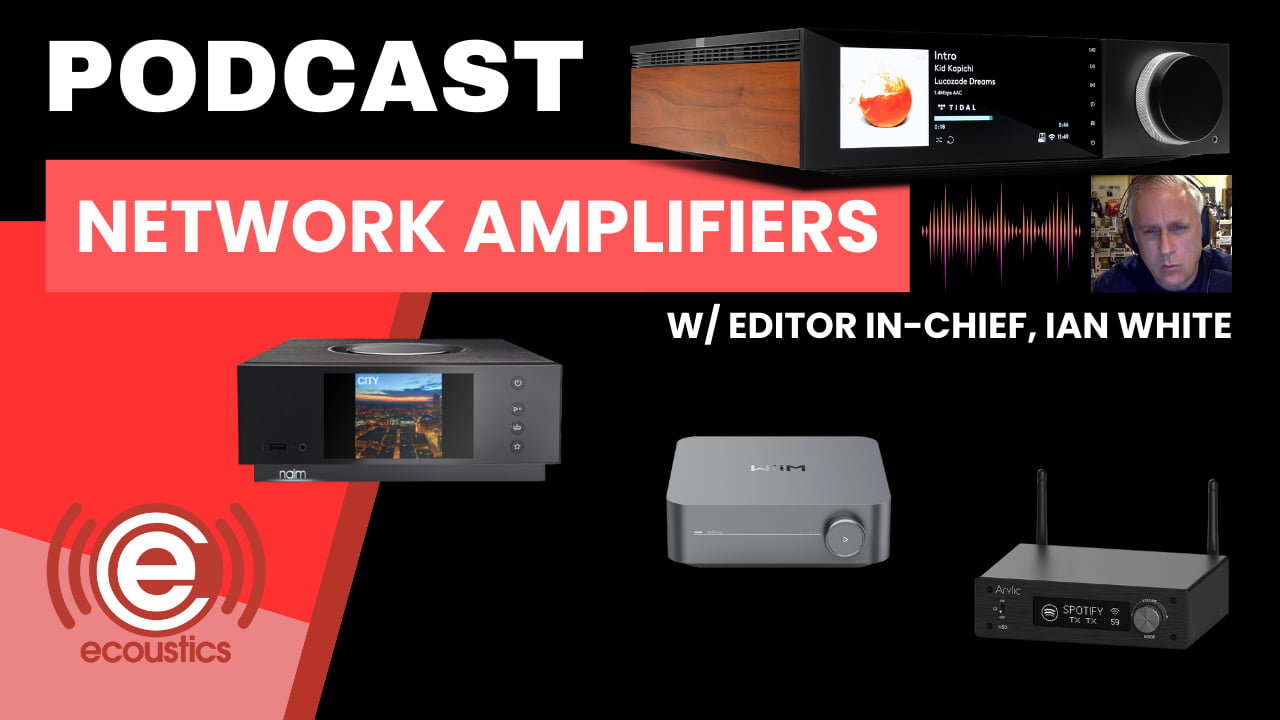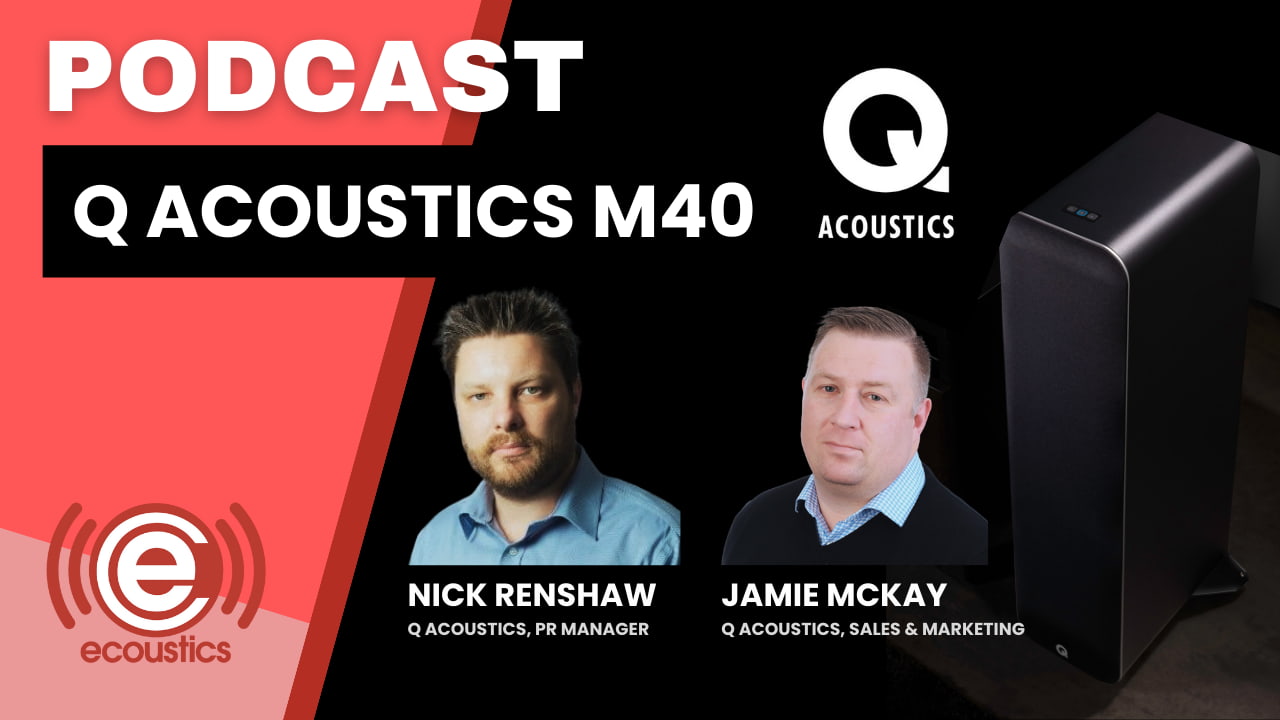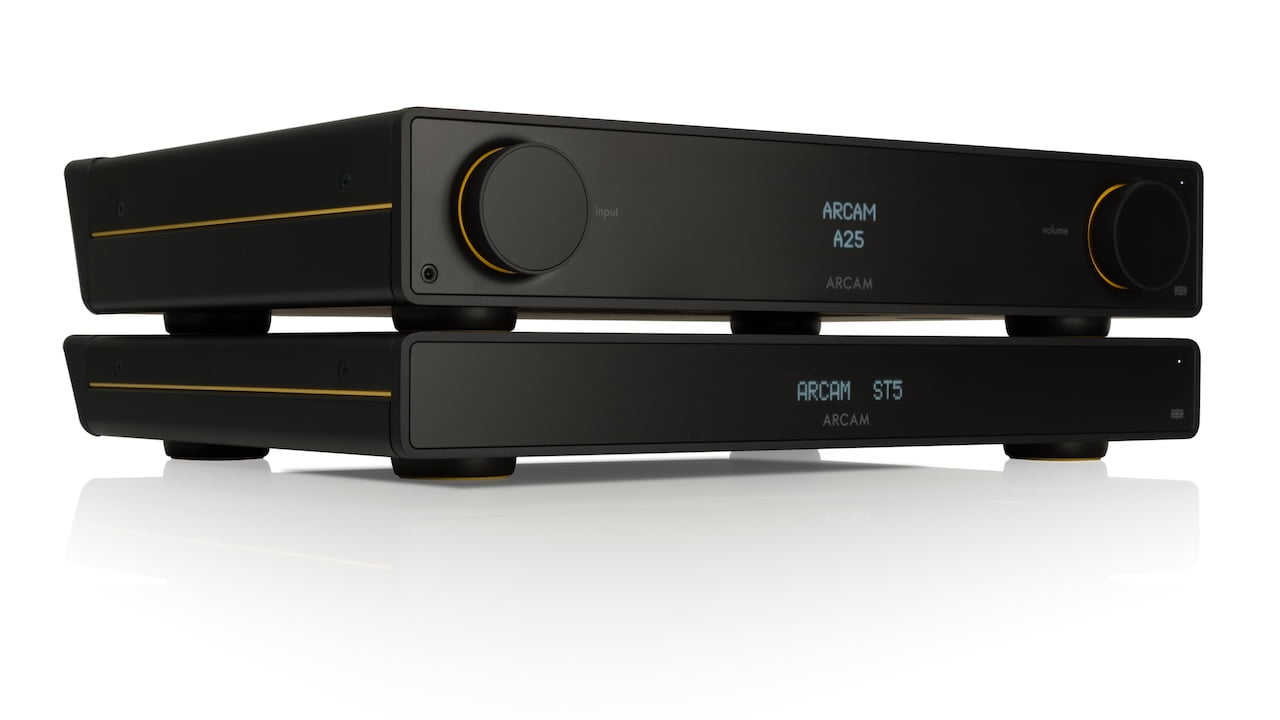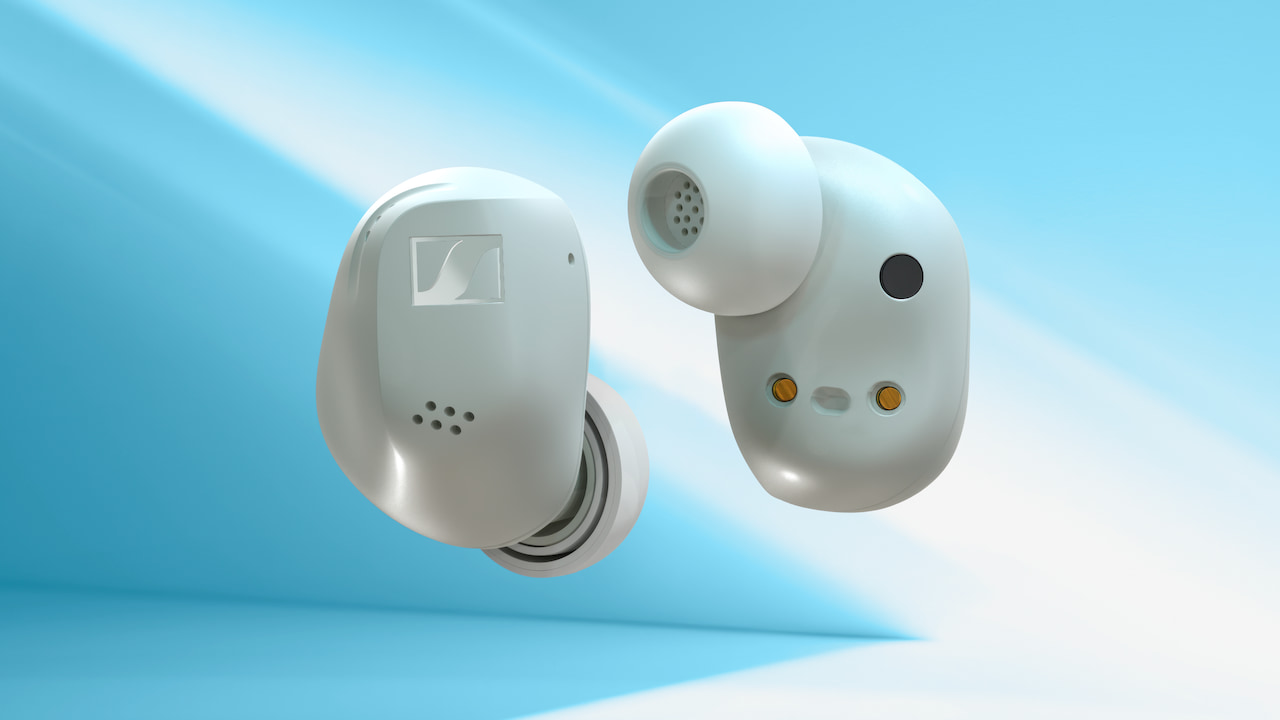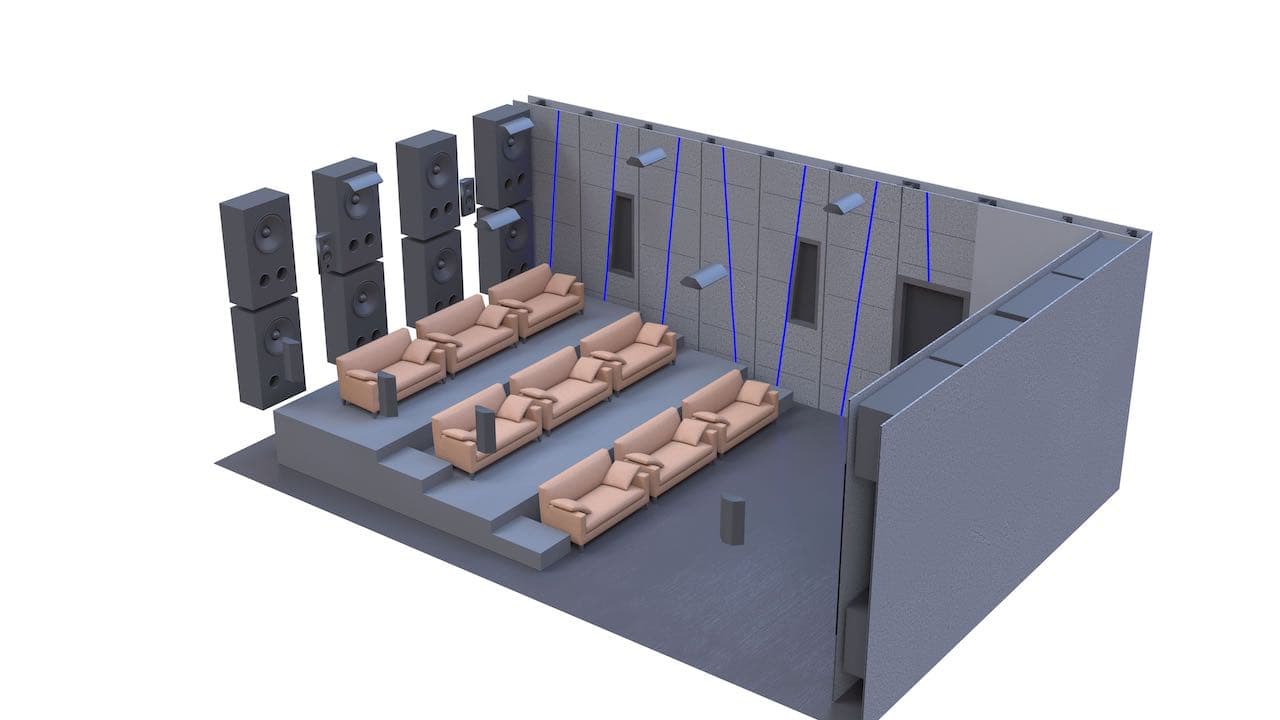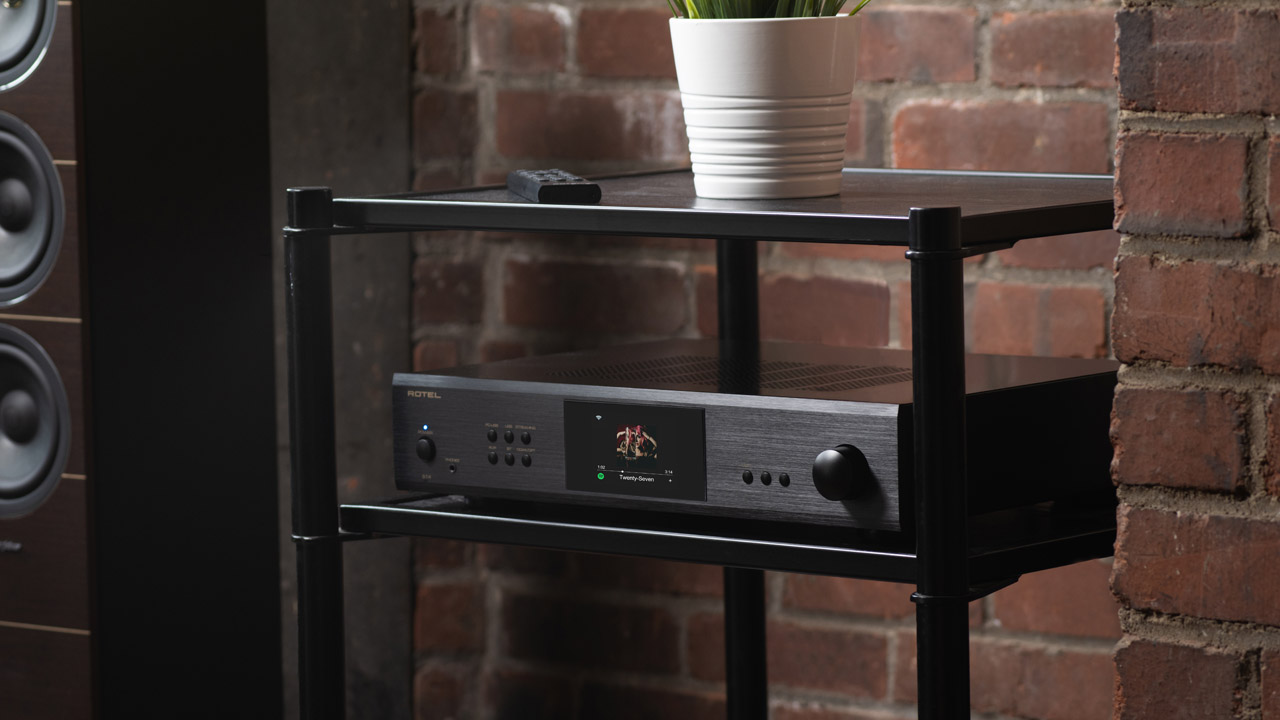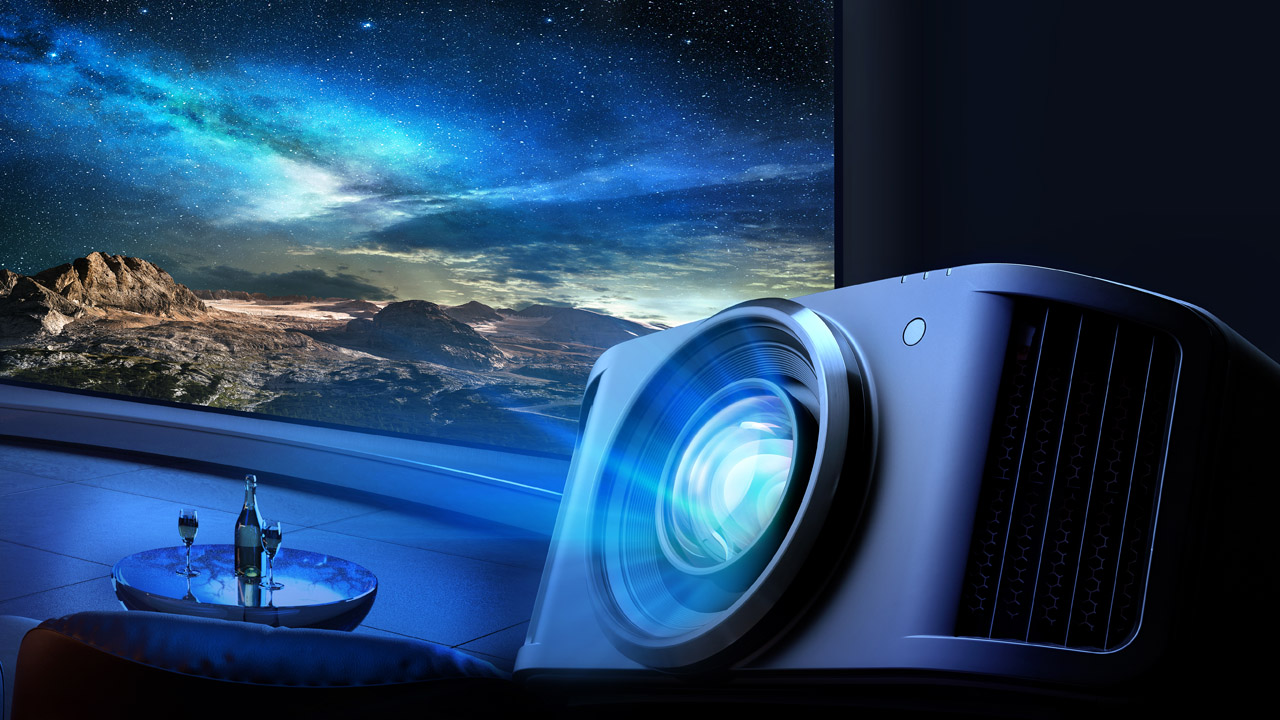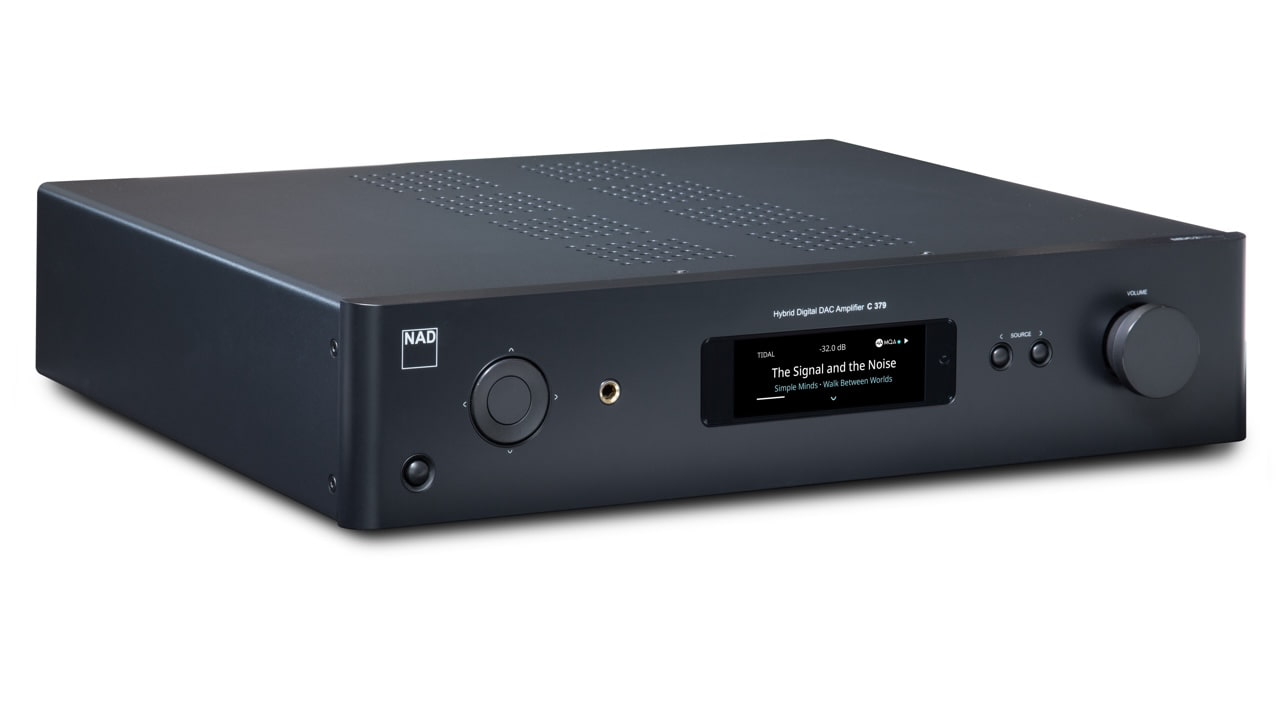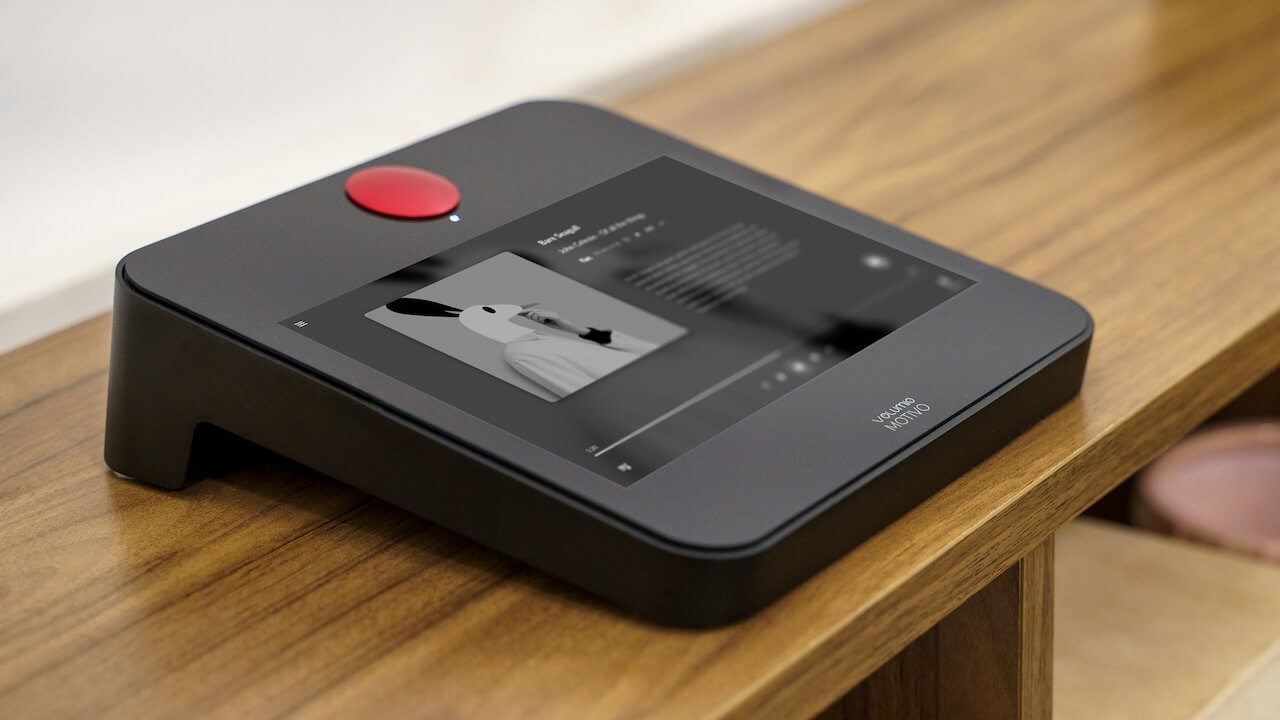There was a lot of hype surrounding the launch of the original Sennheiser AMBEO Soundbar and how it was going to revolutionize the delivery of Dolby Atmos in the home from a single loudspeaker placed in front of your TV.
Tip: The original AMBEO soundbar has been renamed as AMBEO MAX and its price has been lowered to $1,999.
When Sennheiser sent me an early review sample, I felt that it might be the ideal solution for our smaller living room space where we sit relatively close (13 feet) to our 65″ LG OLED TV. The room is 20′ x 13′ x 9′ and there are doorways that lead into the front foyer and dining room. The acoustics have always been a challenge but the AMBEO seemed like it could work.
The review sample arrived just in time for the launch of The Mandalorian on Disney+ and my initial impression of the rather hefty AMBEO was very positive; strong dynamic capabilities, clear dialogue, superior soundstage width compared to other soundbars, and it was very easy to setup and use.
Everything became Bantha fodder when I engaged Dolby Atmos. The soundstage took a step back almost parallel to the front of the screen, dynamics lost some of their impact, and there was zero engagement factor.
I was so disappointed by the performance of the unit (firmware updates did not help), that it was sent back to Sennheiser without a review being completed.
3 months later, I visited a friend in Toronto who happened to purchase one over the holidays and he raved about it. I said nothing and proceeded to watch NHL hockey and two Marvel releases over the weekend.
I still heard some of the same issues but the overall experience was much better; his room was also better acoustically and there were no large openings into adjacent rooms. When he ventured into the kitchen to bring us back some veal sandwiches, I cranked The Avengers: Endgame and engaged the Dolby Atmos setting on the remote.
The AMBEO struggled somewhat with the volume level but the immersive aspect was superior to what I had experienced at home.
My second experience convinced me that a smaller AMBEO might work better in a different room in my home but that the original model was never going to work as intended.
Having recently downsized to a 48″ LG OLED in the bedroom, I was looking for a more compact soundbar solution that would fit on the smaller media credenza and not cost more than $900 USD.
Enter the Sennheiser AMBEO Soundbar Mini.
With a sound that punches well above its weight and up to 7.1.4 virtualization, the latest addition to the spatial audio soundbar family readies even the smallest of spaces for three-dimensional acoustics.
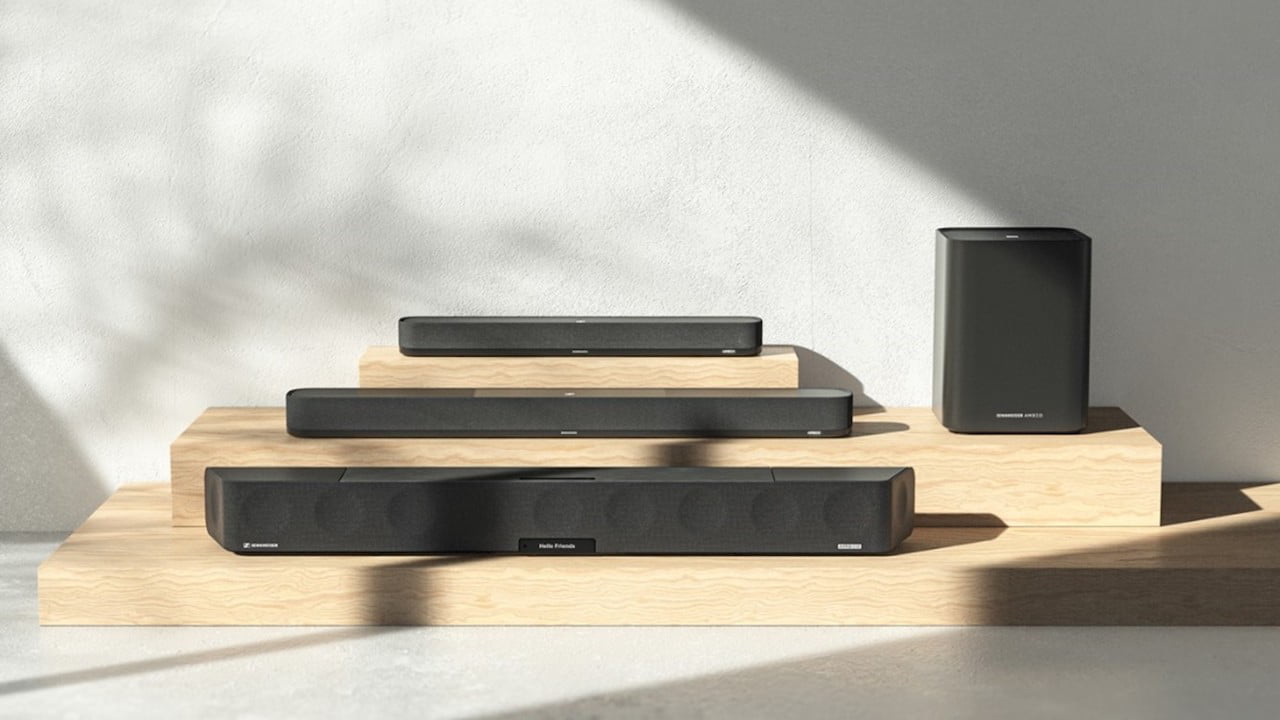
A fun-size bar
At less than half the cubic volume of its Soundbar Plus sibling, it’s easy to see why the Sennheiser AMBEO Soundbar Mini appeals to audio lovers looking to upgrade a current living room, desktop, bedroom, or even game room setup.
At just 70 x 10 x 6.5 cm in size, it blends into nearly any TV or monitor arrangement, yet stands out with its cutting-edge acoustics. There are 250 Watts of class D amplification powering four high-end full-range drivers and dual four-inch subwoofers.
Other useful audio modes personalize the listening experience, including content-specific presets, a Voice enhancement option and neighbor-friendly Night mode.
Ease of use is at the heart of the Mini, with an HDMI input that accommodates a wide range of eARC-enabled TVs or monitors.
Integration with the Sennheiser Smart Control App makes management of features and updates from your smartphone a breeze.

Those who know, AMBEO
Like its larger siblings, the Sennheiser AMBEO Soundbar Mini’s 3D sound is the result of a collaboration with the Fraunhofer Institute for Integrated Circuits IIS — a world leader in audio research and development.
The Mini has four integrated microphones that serve a dual purpose; they function as the central component of the AMBEO room calibration, and facilitate Alexa voice assistant commands as the Soundbar features Alexa Built-In.
Consumers also have the option to utilize existing Google Assistant or Siri-enabled devices to cast audio to the Mini through Chromecast Built-In and AirPlay 2.
As with all AMBEO Soundbars, the native AMBEO|OS operating system allows for one-touch calibration that scans the room, adjusting the surround virtualization to account for various room sizes, reflections, and textures.
Further, the Mini supports popular Dolby Atmos, DTS:X, MPEG-H codecs, and 360 Reality Audio formats and experiences for enjoying native spatial audio content.
AMBEO|OS seamlessly integrates the Mini into popular content ecosystems as a Spotify Connect, TIDAL Connect, and AirPlay 2 device. Bass lovers can add even more low-end punch with wireless connection to as many four Sennheiser AMBEO Subwoofers ($699, sold separately).
The magic of Sennheiser AMBEO technology immerses consumers in stunning 3D sound from a simple, single source in practically any home entertainment space,” says Maximilian Voigt, Sennheiser AMBEO Soundbar Product Manager. “Our most compact soundbar yet comes at the perfect time with both features and dimensions that are a joy to live with, in or out of the living room.”
Pricing and Availability
The Sennheiser AMBEO Soundbar Mini will be available to order at sennheiser-hearing.com and select retailers on September 1, 2023 with an MSRP of $799.99.
For more information, visit sennheiser-hearing.com.
Related reading:

